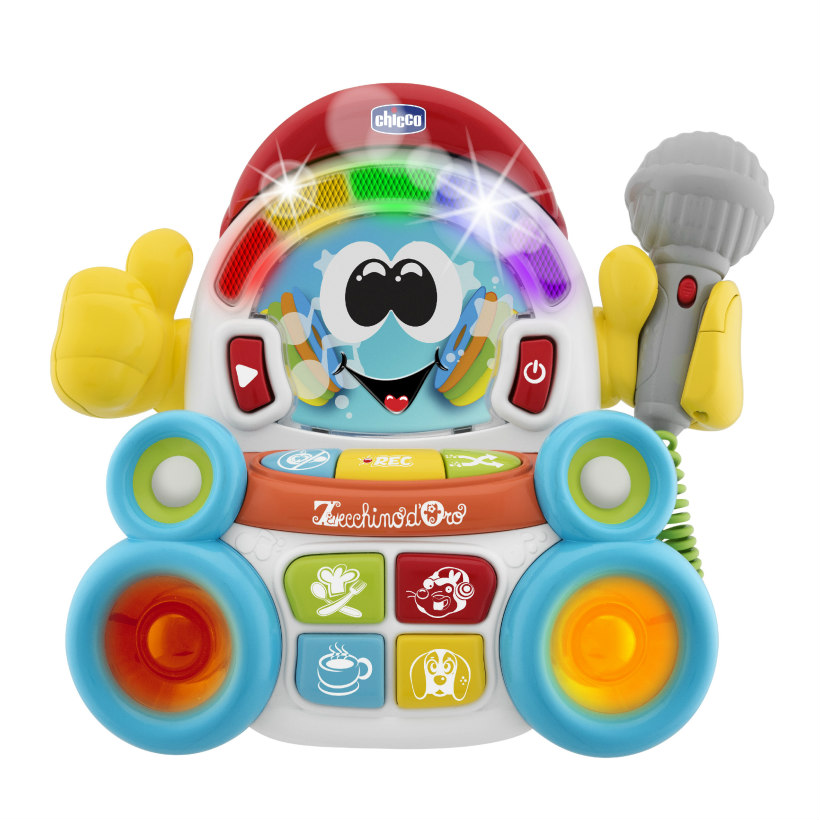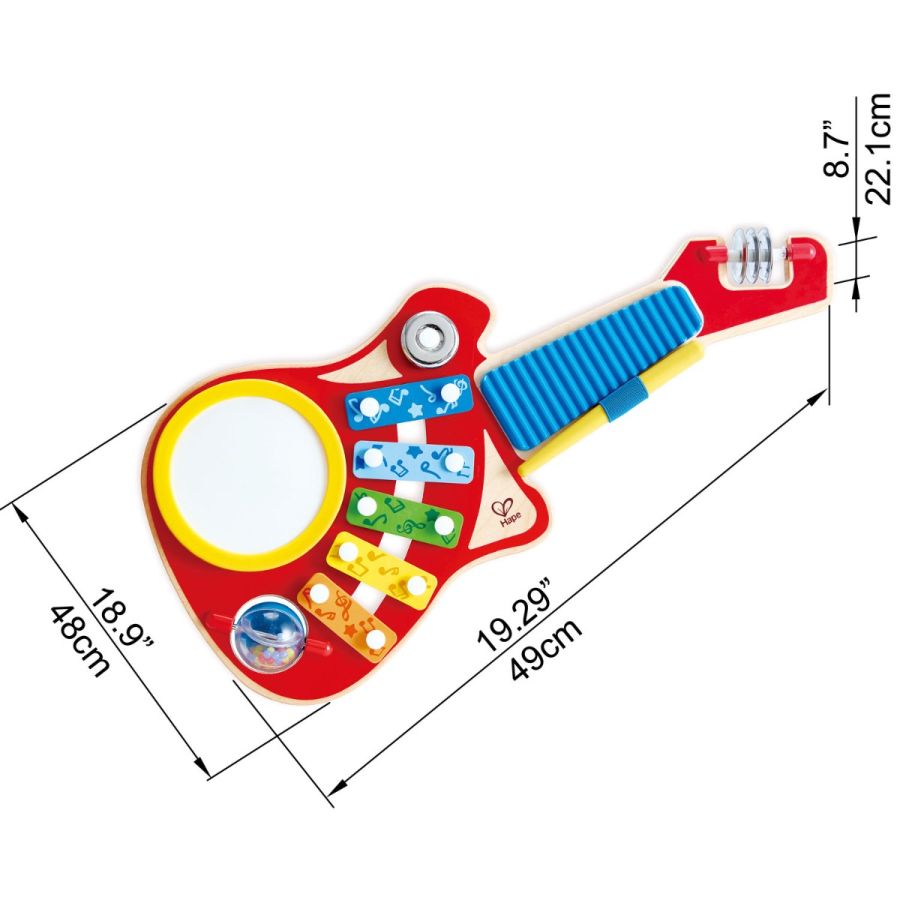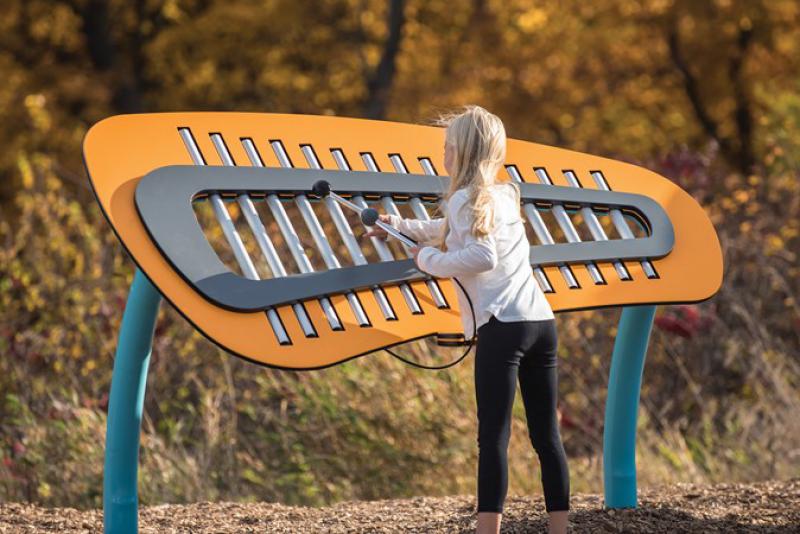
Gallina musicale | Giochi musicali | Giochi musicali | Giochi per Bambini e Ragazzi | Cittadelsole.it

Strumenti Musicali Bambini ULIFEME 23 Pezzi Giochi A Percussione Giocattolos per Bimbi Set Ritmo Premium Materiale 100% Legno Puro+ Borsa di Cotone - Giochi e Prodotti per l'Età Evolutiva

Amazon.com: Herr Kompositor. Card Game. Comporre è un gioco. Gioco di strategia per aspiranti musicisti: 9788863952186: Polito, Alessandro P.: Books

Giochi di musica per bambini e ragazzi : scoprire gli strumenti musicali ei loro suoni !:Amazon.it:Appstore for Android

Strumenti Musicali Bambini ULIFEME 23 Pezzi Giochi A Percussione Giocattolos per Bimbi Set Ritmo Premium Materiale 100% Legno Puro+ Borsa di Cotone - Giochi e Prodotti per l'Età Evolutiva














![Giochi musicali | Aulodie [Scuola] Giochi musicali | Aulodie [Scuola]](https://aulodies.files.wordpress.com/2021/01/dadi-musicali.jpeg)
